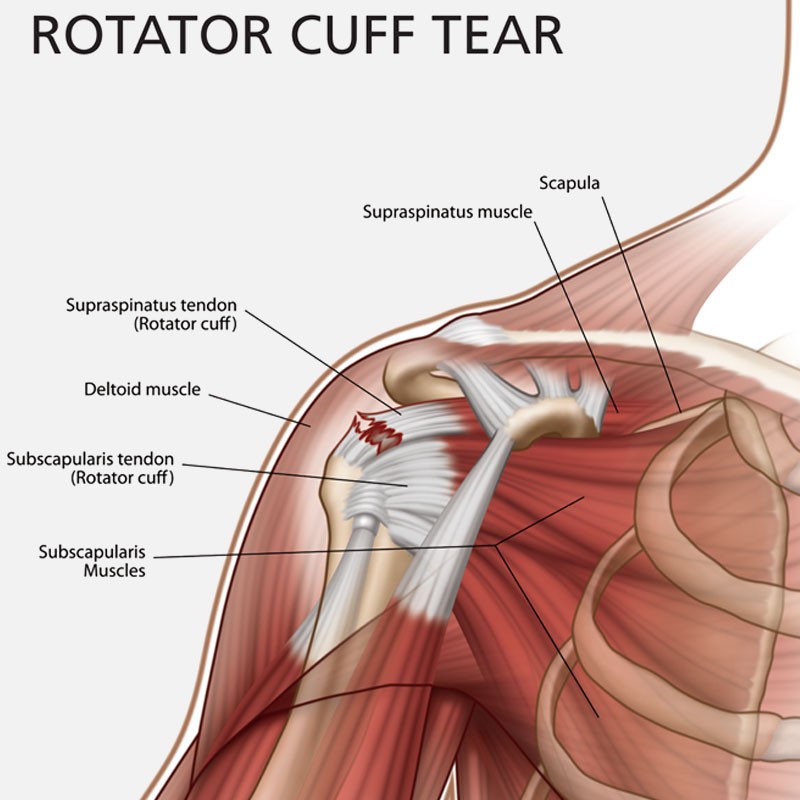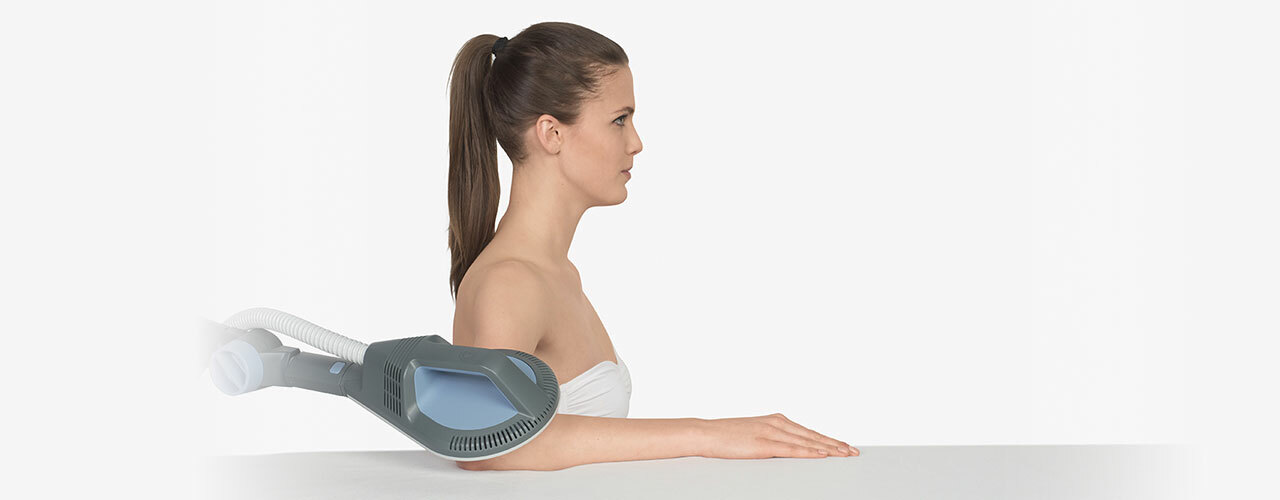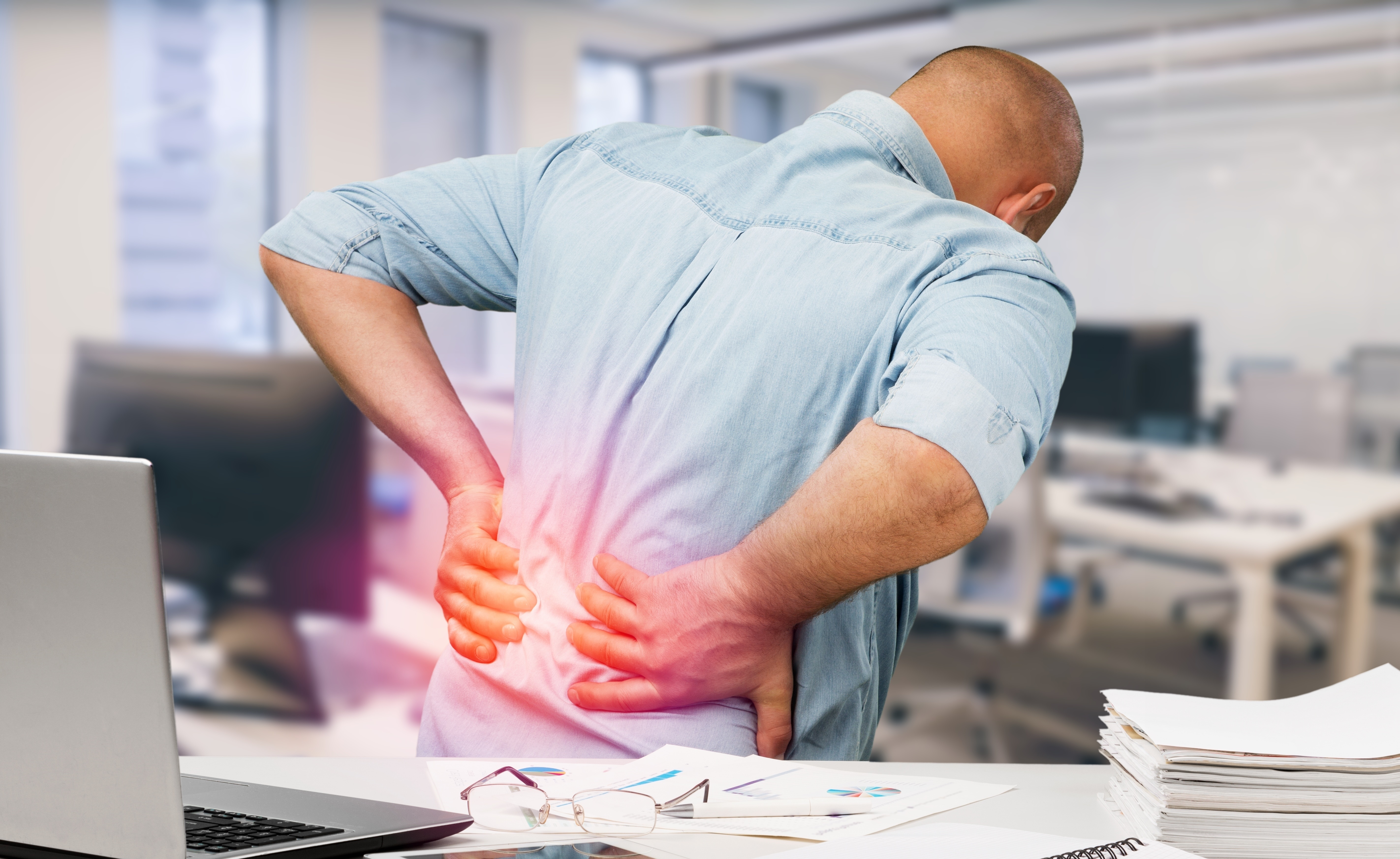Tendons are tissue ropes that connect muscles to bones. Tendinopathy occurs when a tendon is injured or overused. Although tendinopathy can become chronic, rest and physical therapy are likely to help your symptoms.
What is tendinopathy?
Any tendon problem that causes discomfort and swelling is referred to as tendinopathy. Tendons are rope-like structures that connect muscle to bone in your body. Tendons and bones move when your muscles tense and relax. Your Achilles tendon, which connects your calf muscle to your heel bone and allows you to move your ankle, is an example of a tendon. Achilles tendinopathy is a condition that causes pain and swelling in the Achilles tendon.
Tendonopathy pain might make it difficult to go about your everyday activities. It can, for example, prevent you from participating in sports or performing housework. So, if you’re experiencing pain or swelling, make an appointment with your doctor.
Tendinopathy includes tendinitis (tendonitis) as well as tendinosis.
Tendinitis
Tendinitis is a condition in which your tendon becomes inflamed. It’s a painful injury that might last for a short time (acute) or a long time (chronic) (chronic). Tendinitis can occur as a result of a severe injury, such as lifting a large weight, or as a result of repetitive actions that produce micro-tears in your tendon over time.
Tendinosis
Tendinosis is a condition in which the collagen fibres in your tendon break down (degenerate). It happens gradually and is frequently caused by tendon overuse.
What are the different tendon conditions?
Tendinopathies are painful and swollen tendon disorders. The following are some of the most prevalent tendinopathies seen by healthcare providers:
- Achilles tendinitis. The Achilles tendon is the strongest and largest in your body.
- Patellar tendinitis. The tendon that joins the bottom of your kneecap (a bone) to the top of your shinbone is called the patellar tendon (tibia). The patellar tendon is more of a ligament than a tendon, as it joins bone to bone rather than muscle to muscle.
- Rotator cuff tendinitis. The rotator cuff is a collection of tendons and muscles that support your shoulder joint.
Who is at risk for tendinopathy?
Tendinopathy affects people of all ages, however, some people are more prone to it than others. The following people are at a higher risk:
- Athletes.
- People over 40 years old.
- People who do repetitive tasks.
- People who take certain medications.
- People with particular medical conditions.
- People with poor muscle strength.
- Women.
Just because you’re at a higher risk for tendinitis or tendinosis doesn’t imply you’ll acquire it. If you have any concerns, talk to your doctor.
How common is tendinopathy?
Tendinopathy affects around 2% to 5% of the general population. It is, however, more common in athletes. According to various studies, approximately 10% of runners develop Achilles tendinopathy each year. Furthermore, tendon injuries account for about half of all sports injuries.
What are the symptoms of tendinopathy?
If you have pain or tenderness with some or all of the following symptoms, you may have tendinopathy.
- Burning.
- Difficulty moving your joint.
- When you move your joints, you may notice a crackling or grating feeling.
- Muscle weakness and deterioration.
- The hurting area has red, heated skin. It’s also worth noting that red, heated skin can signal an infection. Please consult your healthcare provider if you see this.
- Stiffness.
- Swelling.
Making a list of your symptoms and keeping a journal to document them may be beneficial. To establish an accurate diagnosis, your healthcare professional will need to know how long you’ve had the symptoms and how severe they are.
What causes tendinopathy?
Tendonopathy’s specific cause isn’t always known. It’s often the result of a combination of factors. Other risk factors, in addition to being in a higher risk group, include:
- High-intensity training.
- Muscle imbalances.
- Training equipment that is not up to par or poor training surfaces.
- Lack of flexibility.
- Lack of strength.
- Too much weight on your tendon (from lifting something).
Tendon issues aren’t just a problem for athletes. A sedentary (inactive) lifestyle is followed by up to 30% of patients with Achilles tendon injury. A sedentary lifestyle, according to experts, contributes to poor blood circulation in the tendon. When someone with poor blood circulation accelerates their activities, hypoxia (insufficient oxygen in the tissues), poor nutrition, and reduced energy metabolism can result (metabolism is the process of changing food into energy). Those difficulties could have a role in the development of tendon degeneration.
If mild injuries occur frequently and do not heal fully, tendinopathy can become chronic. Collagen fibers may break down over time as a result of repeated actions, resulting in tendinosis.
For more information on Tendinopathy, please contact Simply Align Rehab Physio in Scarborough/Toronto at simplyalignrehab.com, or phone or text us at (416) 628-8554 for your Physiotherapy or Chiropractor needs in Toronto.




